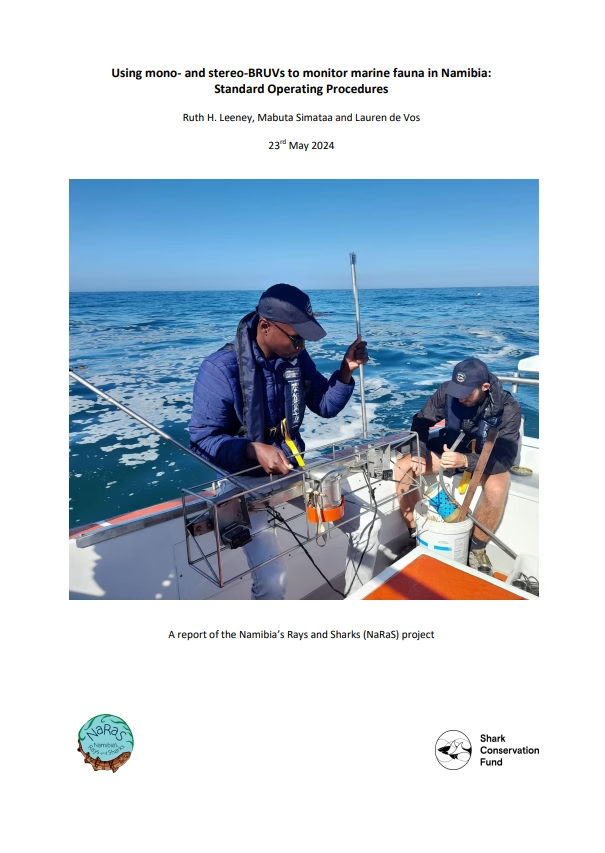Using mono- and stereo-BRUVs to monitor marine fauna in Namibia: Standard Operating Procedures
Mono-BRUVs and stereo-BRUVs (hereafter referred to as BRUVs) collect data in the form of video recordings of the marine life and seabed in the area where the system is deployed.
Mono-BRUVs and stereo-BRUVs (hereafter referred to as BRUVs) collect data in the form of video recordings of the marine life and seabed in the area where the system is deployed. Multiple deployments in an area can generate a dataset on the diversity of marine life and seabed types, providing location-specific data which can be compared across a range of sites, depth ranges and ecosystems to develop a more complete picture of biodiversity in a region. They have become a popular alternative to methods using divers, and have the potential to collect data at deeper depths than those that can be reached by divers, and in areas where conditions may be unfavourable for divers (e.g. where sea conditions can be challenging and where the underwater visibility is highly variable)
